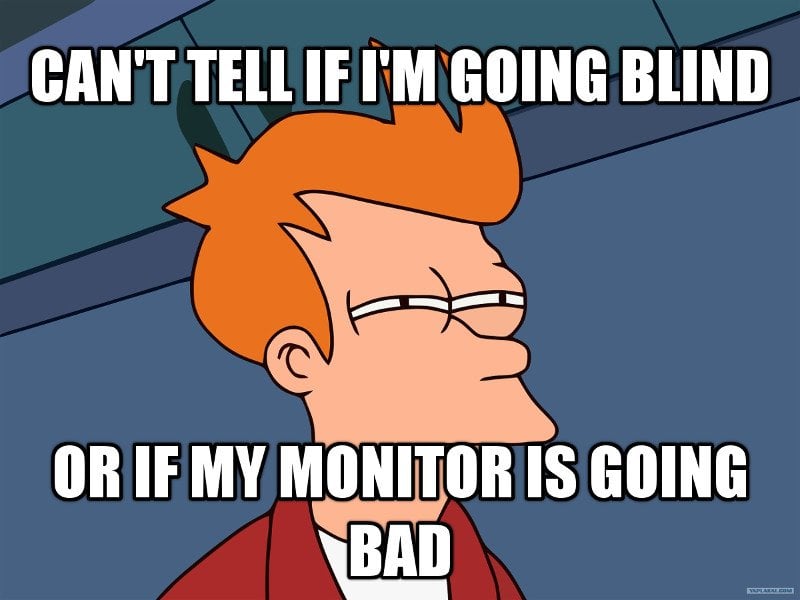
Eye strain is fundamentally caused by straining one or more of the eye muscles. Very dry air, from a fan, heating or air-conditioning systemĪs opposed to being relaxed in the straight-ahead position when looking at something further away, looking at the screen in the close distance the eyes turn in to focus on the screen.Having an underlying eye problem, like dry eyes or uncorrected vision.Being too much exposure to bright light or glare.

Keep reading without taking a break to rest your eyes.Looking at digital device screens long periods.In light of the analysis of the American Optometric Association, the very common symptoms linked with DES are eyestrain, headaches, blurred vision, dry eyes, and pain in the neck and shoulders. Especially children who look at screens two or more hours in a row every day have the greatest risk of this condition. The American Optometric Association identifies this medically as computer vision syndrome or digital eyestrain. Digital Eye Strain SymptomsĪlthough there are a few causes for DES, the main most common cause of eyestrain is based on the extended use of computers and other digital devices. But, staring at a digital screen reduces blink rates, which results in dry, scratchy, and itchy eyes.Īlso, spending a significant amount of time in front of a screen changes tear fluid and makes it similar to the tear fluid of people with dry eye disease. The other cause of digital eye strain lies where how many times we blink our eyes in a minute. This continuous flexing of the eyes focusing muscles creates fatigue and the burning, tired-eyes feeling that is common after long hours at the computer. Then our eyes unwillingly move to the RPA and then strain to regain focus on the screen. Instead, our eyes slide out to a point called the “resting point of accommodation” or RPA. Our eyes struggle to maintain focus and remain fixed onto these images. Those characters are brightest at the center and they tend to diminish in intensity toward their edges. Characters on a computer screen or a digital device, however, don’t have this contrast or well-defined edges.

Healthy eyes can easily keep the focus on the printed page. Our eyes do not have any problem focusing on most printed material, which is characterized by dense black characters with well-defined edges. Ophthalmic Outlook – How Does Digital Eye Strain Happen?ĭigital Eye Strain is caused by our eyes and brain reacting differently to characters on the screen than they do to printed characters. DES is more prevalent in children and females, and the higher the hours of use of a digital device, the greater is the risk of DES. It is excruciatingly painful to see again many schools reopening even this fall with fully or partially remote learning models because of the coronavirus. But, overcoming the symptoms presenting in younger children is not too difficult at all. First and foremost Let us answer the Big Question – No special glasses required! Good News!Īs children are exposed to screen-time more and more, we see Digital Eye Strain more often among them. Since screen-time becomes a bigger part of children’s lives, here are ways for preserving your kids’ vision. Although Digital Eye Strain (DES) or rather Computer vision syndrome (CVS) is a well-known entity and has been a recognized health problem for over 20 years, because of Covid-19 and remote learning, it has become much more common than before.ĭigital eye strain is a worldwide problem, and it is occurring more frequently in kids. Power Out – Lights Out? We know You can Still Dunk In The Dark! But Guess What – No Need To!!!ĭigital Eye Strain is gaining a great deal of attention as Covid-19 pervades every aspect of our lives. Listen To Your Ophthalmologist! Too much computer screen time causes Dry Eyes & Digital Eye Strain.

The Simpsons – Homer’s eyes Don’t Dry Your Eyes Like Homer.


 0 kommentar(er)
0 kommentar(er)
